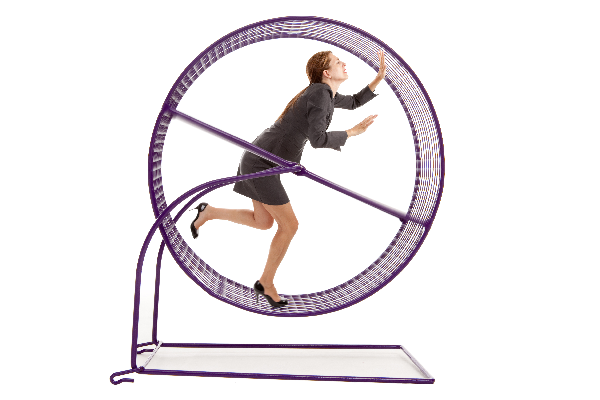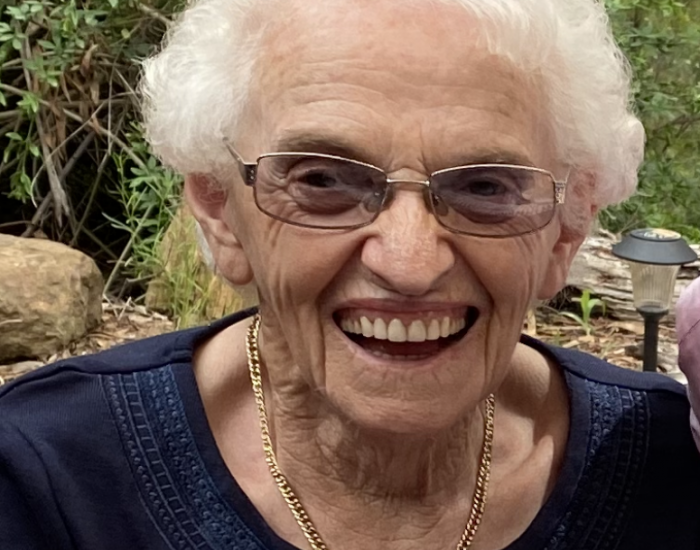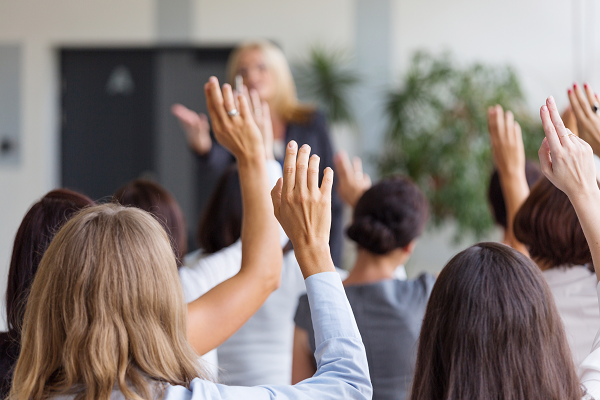Stuck on the doing treadmill? This might help
In a previous post Mastering ‘thinking and doing’ AND ‘feeling and being’, I discussed how out of balance we have become as leaders, spending too much time ‘thinking and doing’ at the expense of ‘feeling and being’. I argued that this is affecting us at a physiological and behavioural level, with flow on effects on our relationships, connection, life and leadership.
Living life solely from our heads – thinking and doing – and only stopping when we fall exhausted into bed each night keeps us stuck on the ‘doing’ treadmill. We wake up and do it all again. Day after day. Week after week. Year after year. It’s exhausting. And it’s not sustainable.
Sound familiar to you or someone you know?
What are some of the ways this is impacting your/their lives?
I know about this first hand because, as I mentioned in that previous post, ‘thinking and doing’ was all I knew really for the first 36 years of my life. I was surviving but not thriving. It took illness and injury for me to finally wake up and make a change. I learned the hard way.
But you don’t need to do it the hard way. I wanted to share what I now know in the hope that you can circumvent the avalanche that came my way and make a conscious choice to make positive change now. Today, I mean. Got it? (Or if not you, is there someone else that you are concerned about who needs to read this?)
Here is what I know:
- Only you can be your own rescue – no one else. It is up to you.
- You have to acknowledge what is currently not working and how it is keeping you from who and how you want to be. You know that little nagging voice inside you that has been telling you that something needs to change? Make a conscious choice to listen to it. (It wants the best for you).
- Set a clear intention and take committed action.
- Small simple steps are the best way to start. There’s no need to rush out and join the gym or make some other big investment or decision. Begin with small, simple steps.
Examples of simple steps:
- Simple breathing for 2 to 5 minutes, morning and night. Put a timer on, close your eyes and place your hands comfortably on your lap. Bring your attention to your breathing. Noticing our breath connects us back to our body. When did you last consciously breathe?
- Listen to some relaxing music for 5 to 10 minutes before you go to bed. Give your body some simple stretches as you listen to the music or simply close your eyes and let the music carry you away. What is some of your favourite music to relax to? Create a relaxing music playlist or get a ready made one on Spotify or Apple Music.I’ve included a couple of my favourites here:
- Start (or return to) a short meditation practice:
- My Yoga Nidra meditation teacher John Vosler has a free 10-minute guided meditation that you can access here.
- There are many great apps if you want to start or return to a meditation practice. Try out Oak and begin to grow your own tree. Or Smiling Mind is another popular app.
- Take your shoes off and go and stand on the earth, the sand, the grass. Close your eyes and just spend time noticing your feet on the ground, the sounds around you and the air on your skin.
5. Attach a new habit to an existing habit. For example, if you get up each morning and the first thing you do is make a cup of tea, add a new ‘simple step’ right before that one. So now you get up and sit in a chair in the loungeroom and notice your breath for five mins, then have your cup of tea. Do the same in the evening, this time linking the new habit to cleaning your teeth, for example. (Charles Duhrigg’s book The Power of Habits is a great read on this topic.)
In my next post, I will outline my five ‘s’ model – great practices and experiences that you can add to your toolkit to bring you out of your head and into your body, connecting more with ‘feeling and being’.





